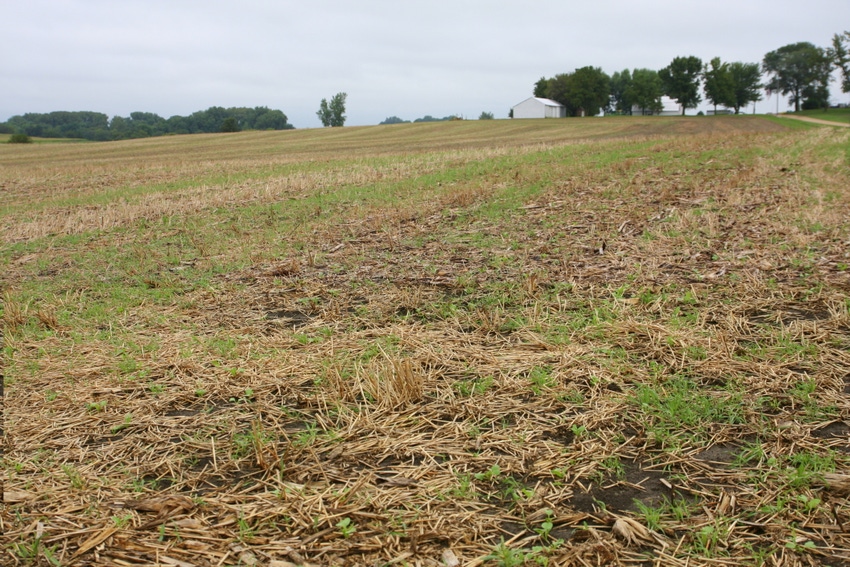December 18, 2019

USDA's NRCS is awarding about $12.5 million in grants to support the development of innovative systems and technologies for private lands conservation.
The funding is provided through the Conservation Innovation Grants (CIG) program, which is funding the future of agriculture and conservation through grants to organizations and universities that are developing the next generation of tools and technologies to boost conservation on agricultural lands.
“We are funding innovation,” said NRCS Chief Matthew Lohr. “These projects are tackling some of our most critical challenges head on and will result in new science-based tools for our toolbox and cutting-edge systems we can use to help farmers and ranchers improve the health of their operations and protect our natural resources for the future.”
The 2019 funding pool focused on four priority areas: water quantity, urban agriculture, pollinator habitat and accelerating the pace and scale of conservation adoption. NRCS selected 19 projects for CIG awards.
Projects include:
The University of Minnesota will evaluate cover crop rotations for vegetable systems and quantify the impact on pollinators and potential benefits to pollinator populations. The project will assess the impact of increasing pollinator services on farmer profitability and the effect of the cover crops on nitrogen use.
The University of Hawaii will demonstrate use of an innovative artificial neural network approach to more accurately forecast daily evapotranspiration and rainfall by breaking down complex long-term time-series into simpler units. By more accurately modeling and forecasting existing conditions, the project partners intend to show that farmers can conserve more water and use water resources more effectively than using existing forecasting methods.
Appalachian Sustainable Development proposes to create a transferable economic incentive system for use by small, historically underserved forest owners to conserve threatened forest ecosystems and regenerate previously mined and mono-cropped land. The project focuses on using market-based incentives to help forest owners pilot the alley cropping of high-value forest botanicals.
For a full list of recipients or to learn more, visit the CIG website.
Source: USDA, which is solely responsible for the information provided and is wholly owned by the source. Informa Business Media and all its subsidiaries are not responsible for any of the content contained in this information asset.
You May Also Like




